Rising Disposable Income
The Luxury Home Fragrance Market appears to be positively influenced by the increasing disposable income among consumers. As individuals experience a rise in their financial capabilities, they tend to invest more in premium products, including luxury home fragrances. This trend is particularly evident in emerging markets, where a burgeoning middle class is eager to enhance their living spaces with high-quality scents. According to recent data, the luxury home fragrance segment has witnessed a growth rate of approximately 5% annually, driven by consumers' willingness to spend on products that elevate their home ambiance. This inclination towards luxury items suggests that the market will continue to expand as economic conditions improve, allowing more consumers to indulge in premium fragrance offerings.
Health and Wellness Trends
The Luxury Home Fragrance Market is also influenced by the growing health and wellness trends among consumers. There is an increasing awareness of the impact of scents on mental well-being and overall health. As a result, many consumers are gravitating towards luxury home fragrances that promote relaxation, stress relief, and a sense of tranquility. Market Research Future indicates that products featuring natural and organic ingredients are particularly appealing, as they align with consumers' desires for healthier living environments. This trend suggests that the luxury home fragrance market may continue to evolve, with brands focusing on wellness-oriented fragrances that cater to the needs of health-conscious consumers.
Growing Interest in Home Aesthetics
The Luxury Home Fragrance Market is significantly shaped by the increasing emphasis on home aesthetics. Consumers are increasingly recognizing the importance of creating a harmonious and inviting atmosphere within their living spaces. This trend is reflected in the rising demand for luxury home fragrances, which are perceived not only as scent enhancers but also as essential elements of interior design. Market data indicates that the home fragrance sector has experienced a surge in sales, with a notable increase in the purchase of decorative fragrance diffusers and candles. This growing interest in aesthetics suggests that consumers are willing to invest in products that contribute to the overall ambiance of their homes, thereby driving the luxury home fragrance market forward.
Sustainability and Eco-Friendly Products
The Luxury Home Fragrance Market is witnessing a shift towards sustainability and eco-friendly products. As consumers become more environmentally conscious, there is a growing demand for fragrances that are crafted from natural ingredients and packaged in sustainable materials. This trend is reflected in the increasing number of brands that are adopting eco-friendly practices, such as using recyclable packaging and sourcing ingredients responsibly. Market data suggests that the eco-friendly segment of the luxury home fragrance market is expanding rapidly, with consumers willing to pay a premium for products that align with their values. This indicates that sustainability will likely play a pivotal role in shaping the future of the luxury home fragrance market.
Influence of Social Media and Influencers
The Luxury Home Fragrance Market is increasingly impacted by the influence of social media and digital marketing strategies. Platforms such as Instagram and Pinterest have become vital channels for brands to showcase their products, often through collaborations with lifestyle influencers. These influencers play a crucial role in shaping consumer preferences and driving trends within the luxury home fragrance sector. Recent statistics indicate that brands leveraging social media marketing have seen a significant uptick in engagement and sales, with some reporting increases of up to 30% in online purchases. This suggests that the power of social media is likely to continue driving growth in the luxury home fragrance market, as consumers seek products endorsed by trusted figures in the lifestyle domain.


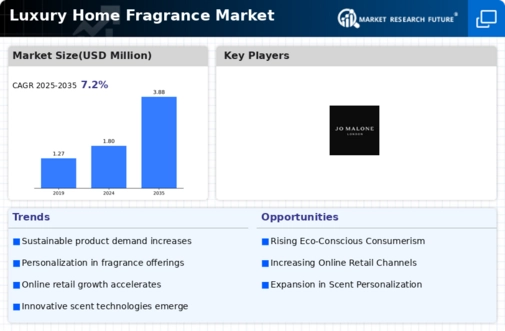
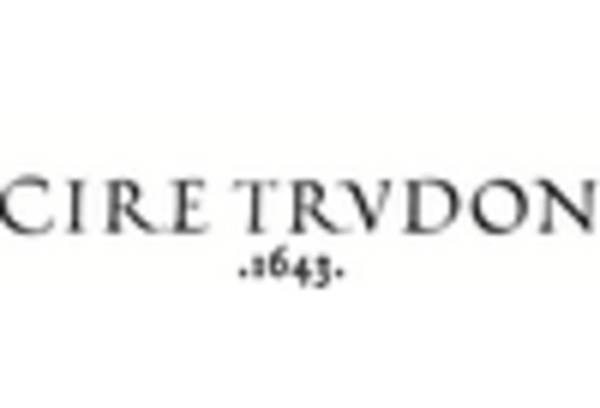
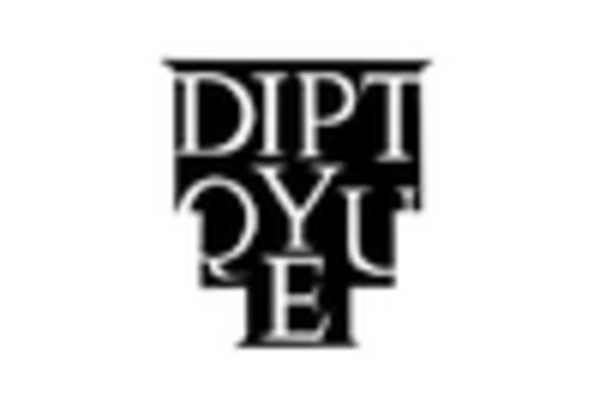
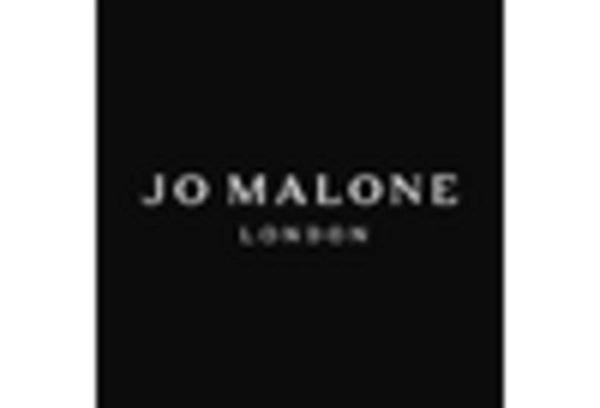
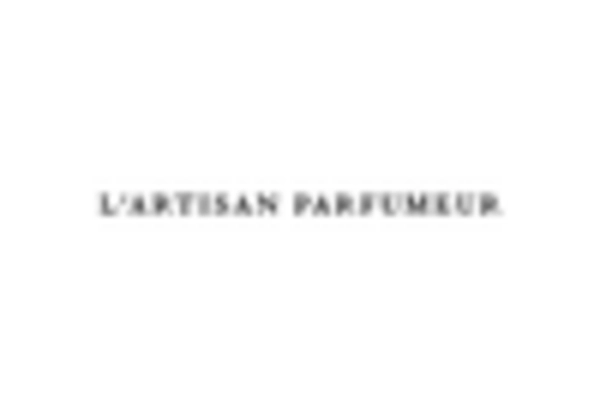
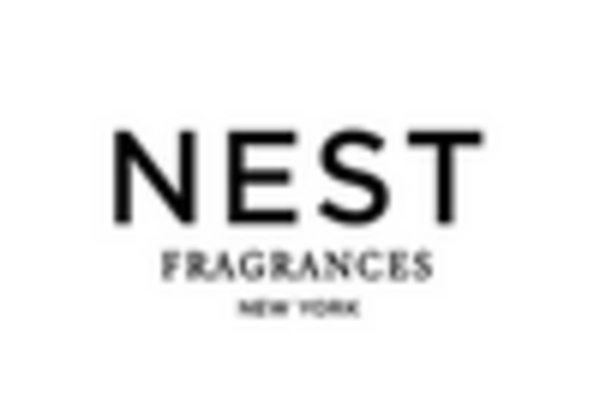
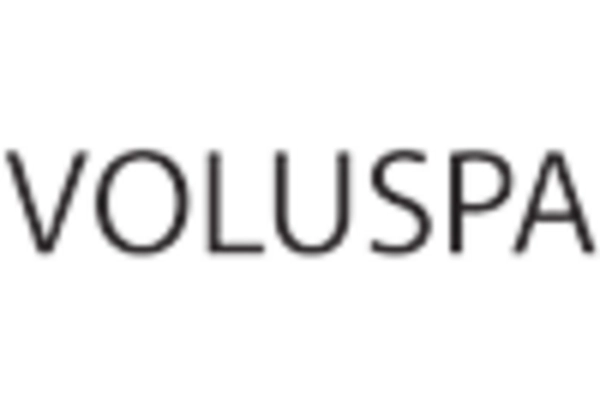








Leave a Comment